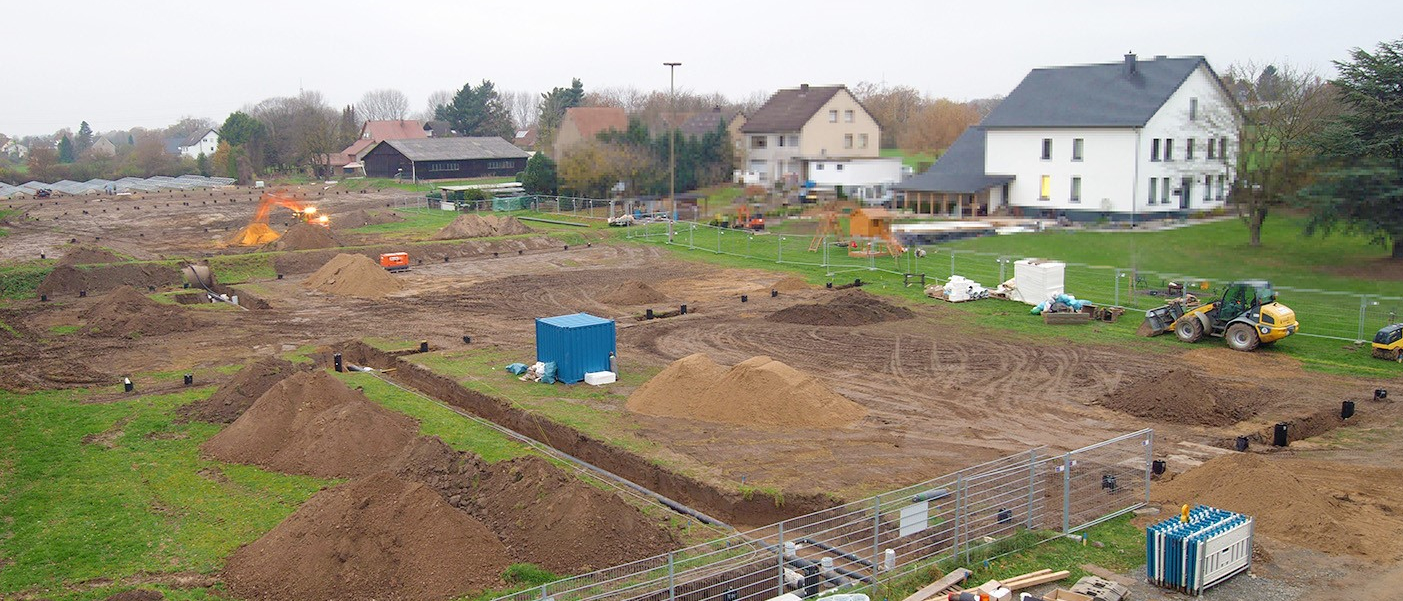The utility of Lemgo demonstrates how renewable heat can be used on a large scale in district heating. A system of large-scale heat pumps and a solar thermal system paves the way for a climate-neutral heat supply.
The heat concept consists of several sub-concepts. Since the end of last year, one part of the heat has been generated by a wastewater heat pump. This produces usable heat for Lemgo’s district heating from treated pure water from the local sewage treatment plant. The special feature of the system is that so-called software agents are always used to select the most optimal mode of operation, which means that the system can be operated more efficiently. Current network data and weather forecasts are incorporated into the computer programme.
Another part of the development towards a renewable heat supply is the iKWK system. The abbreviation iKWK stands for “innovative combined heat and power”. Such systems are used for flexibly sector coupling of electricity and heat. In Lemgo, the iKWK system consists of a solar thermal system, a river water heat pump and two CHP plants. The solar thermal plant is currently under construction and will be the third largest solar thermal plant in Germany for now, with a gross collector area of around 9,000 square metres. The Bega river serves as the heat source for the river water heat pump. While the heat supply is ensured by the solar thermal system and the highly efficient heat pump, the grid can be relieved in the event of short-term electricity surpluses from wind and photovoltaics by shutting down the CHP plants. iKWK systems like the one in Lemgo can receive an operating cost subsidy within the framework of an iKWK tender that exists in Germany.
The construction of the solar thermal plant of the utility of Lemgo can be followed step by step via the iKWK blog (only in German), which the RES-DHC project partner AGFW is realising together with the utility of Lemgo.
Text: Solites
Picture: Stadtwerke Lemgo GmbH (utility of Lemgo)
Source: Solarvserver.de

